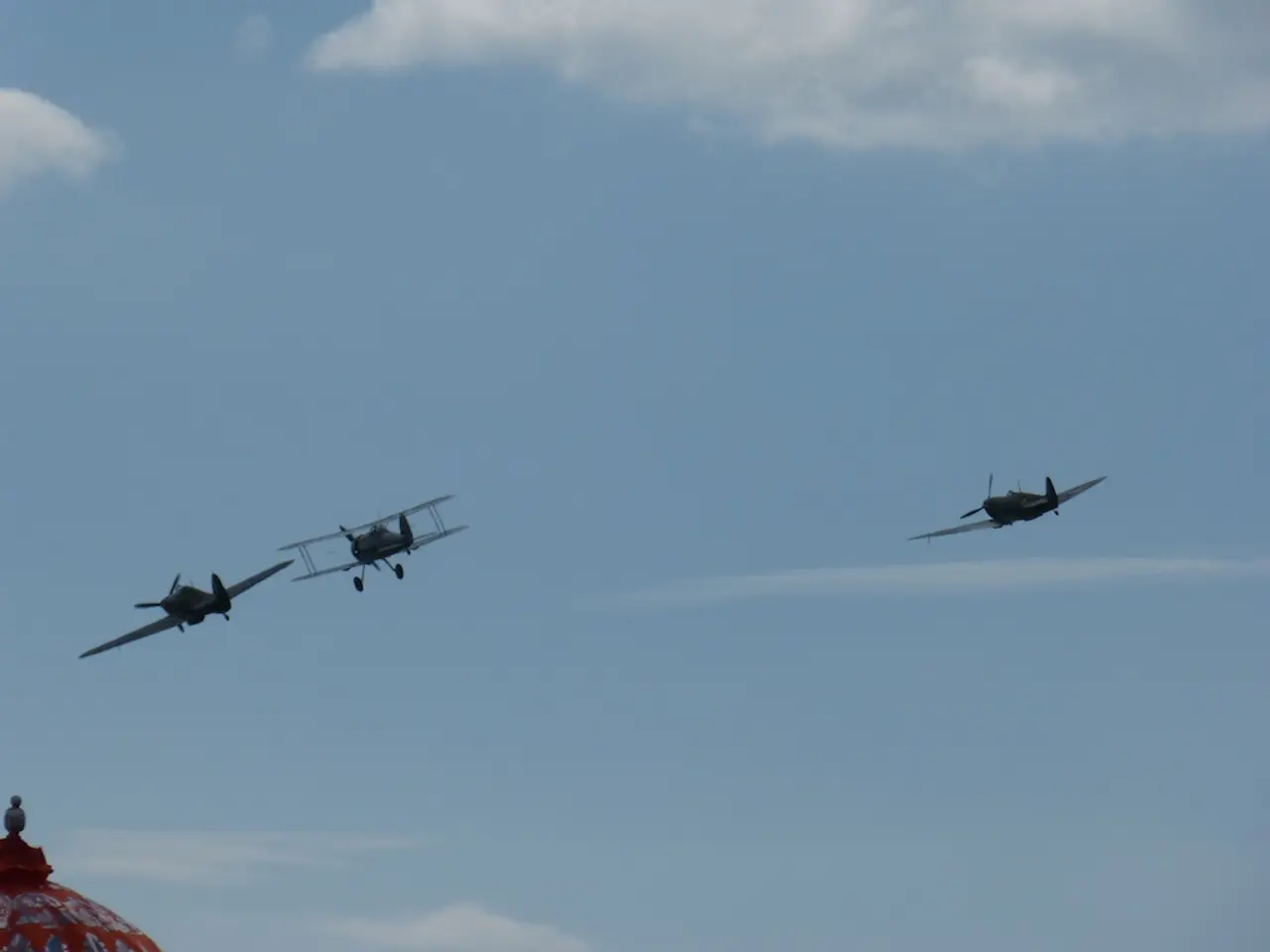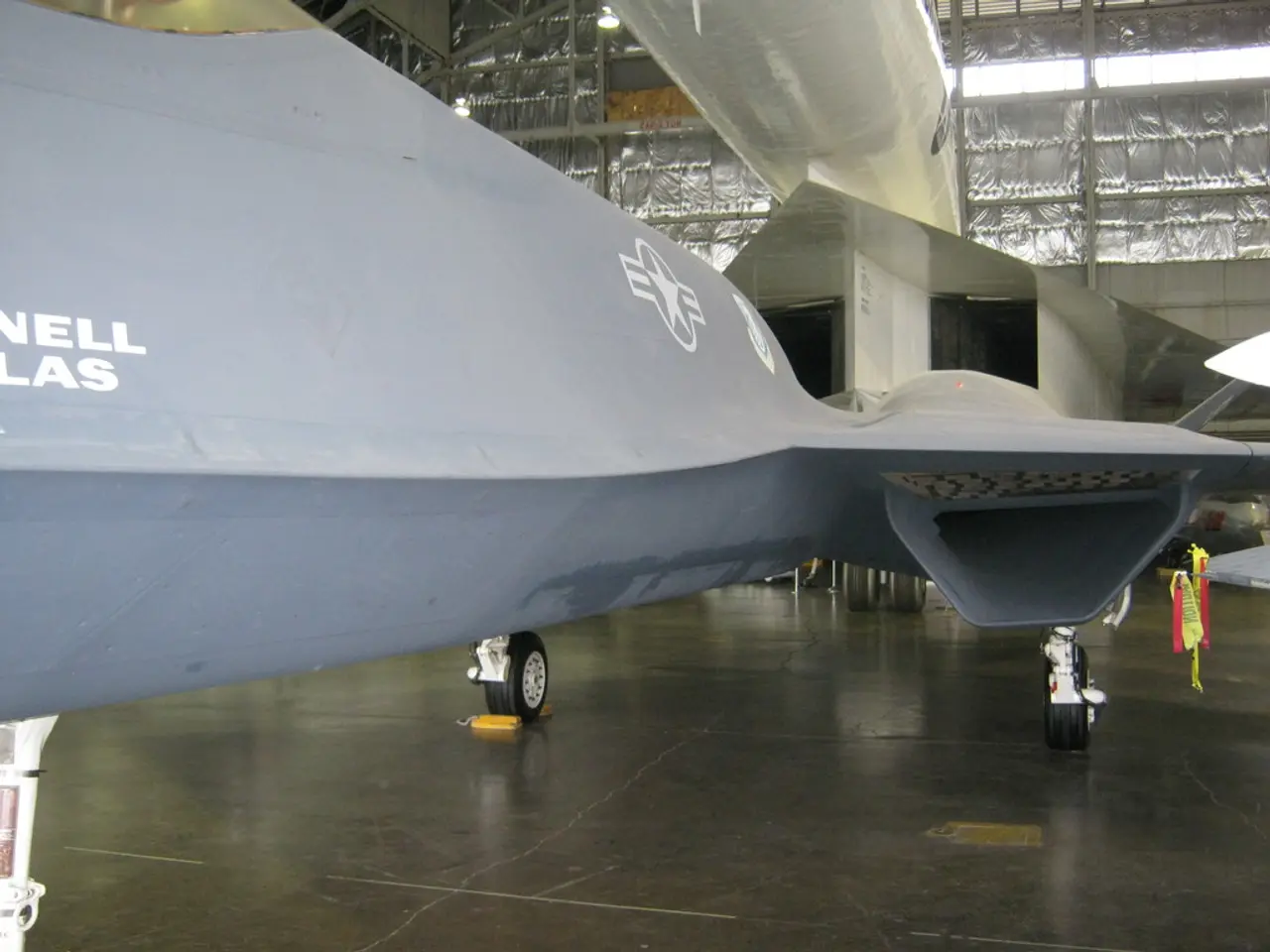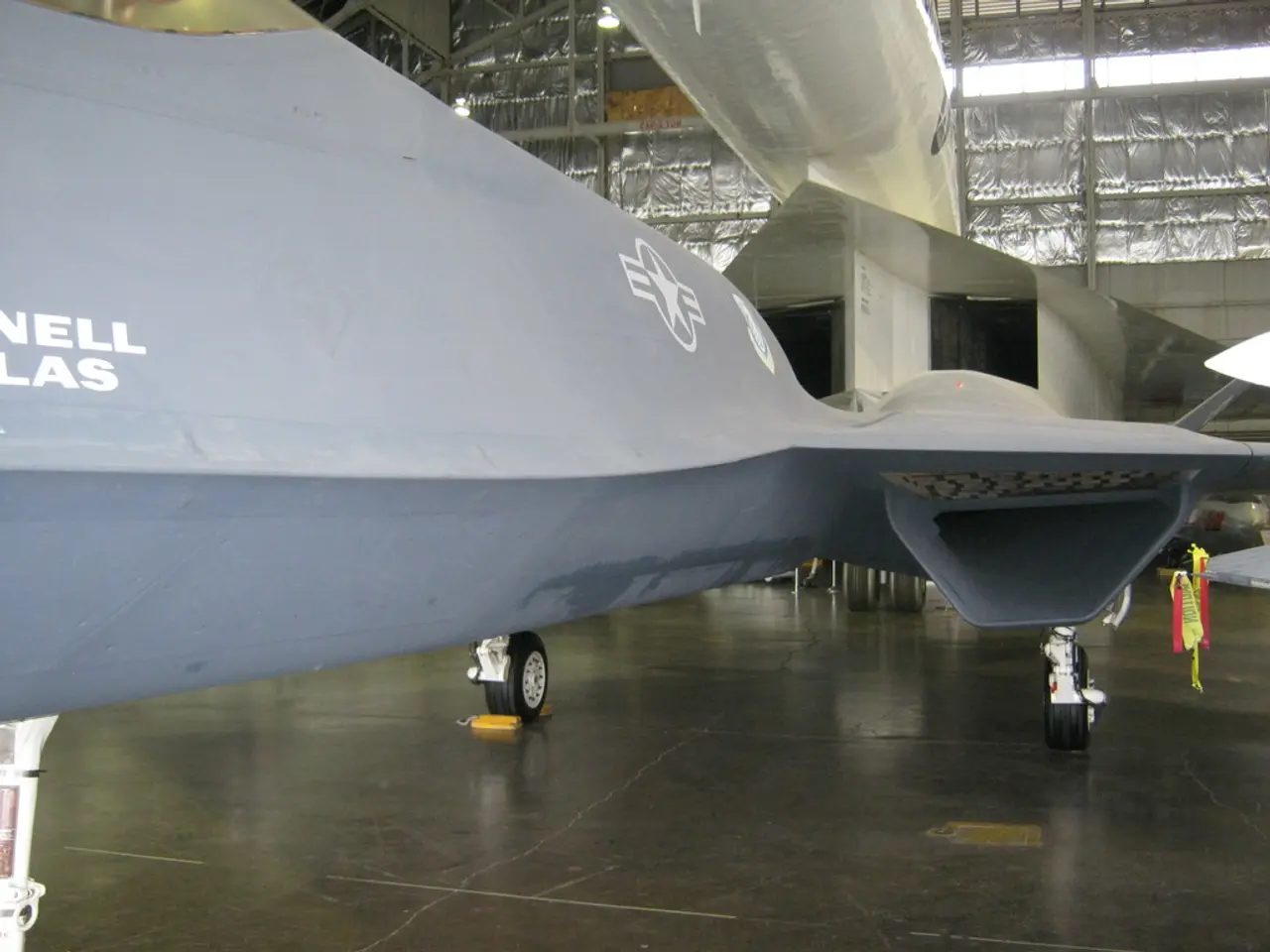Mastering Point Turns in Air travel Like a Seasoned Aviator
Mastering Turns Around a Point: A Crucial Aviation Skill
In the world of aviation, mastering the art of flying with reference to the ground is a fundamental skill that every pilot needs to possess. One such maneuver that teaches this valuable skill is the Turns Around a Point (TAP). This maneuver is designed to help pilots compensate for wind while flying with reference to the ground, a skill essential for traffic patterns and final approaches.
To successfully execute a Turns Around a Point maneuver, there are several key steps that every pilot should follow:
- Select a Suitable Ground Reference: Choose a clearly identifiable and recognisable point on the ground, such as two roads meeting at a 90-degree angle, as your reference point.
- Begin at Recommended Altitude: Start the maneuver at an altitude between 600 to 1000 feet Above Ground Level (AGL) to ensure safe clearance and visibility.
- Maintain a Constant Radius: Adjust the aircraft's bank angle and power as needed to maintain a constant radius around the chosen ground reference.
- Manage Wind Drift: Vary the bank angle—steeper banks on the upwind side and shallower banks on the downwind side—to compensate for ground track deviations caused by wind.
- Maintain Constant Altitude: Manage power and pitch throughout the turns to keep the aircraft at a constant altitude.
- Maintain Coordinated Flight: Use appropriate rudder and aileron control to avoid skidding or slipping during turns.
- Keep a Constant Airspeed: Adjust power as necessary to counteract the effects of wind and maintain smooth, consistent flight.
These steps ensure accurate and safe completion of the maneuver, which is designed to develop pilot skills in maintaining ground track, wind correction, and aircraft control during a turning flight around a fixed point.
When wind is present, the bank angle must be continuously adjusted during the turn to maintain a constant radius. A slight increase in power may also be required to maintain airspeed.
Before entering the maneuver, it's essential to ensure the aircraft is stable and correctly trimmed. It's also important to accurately assess the wind direction and position the aircraft accordingly on a downwind position relative to the ground reference.
While the Turns Around a Point maneuver may not be a common topic in search results, it is a core element of standard flight training syllabi and FAA training materials. The technique requires constant attention to wind correction and smooth control inputs to maintain both radius and altitude during the maneuver. With practice and precision, mastering Turns Around a Point can be a valuable addition to any pilot's skill set.
A private pilot and a commercial pilot might find the Turns Around a Point (TAP) maneuver particularly useful in the aviation industry, as it helps improve skills in managing wind and maintaining ground track, crucial for traffic patterns and final approaches. Financial investment in aviation training could include mastering this maneuver, as it is a core element of standard flight training syllabi and FAA training materials. Furthermore, the skills gained from practicing TAPs could prove beneficial in transportation settings, enhancing the overall safety and efficiency of flights.








